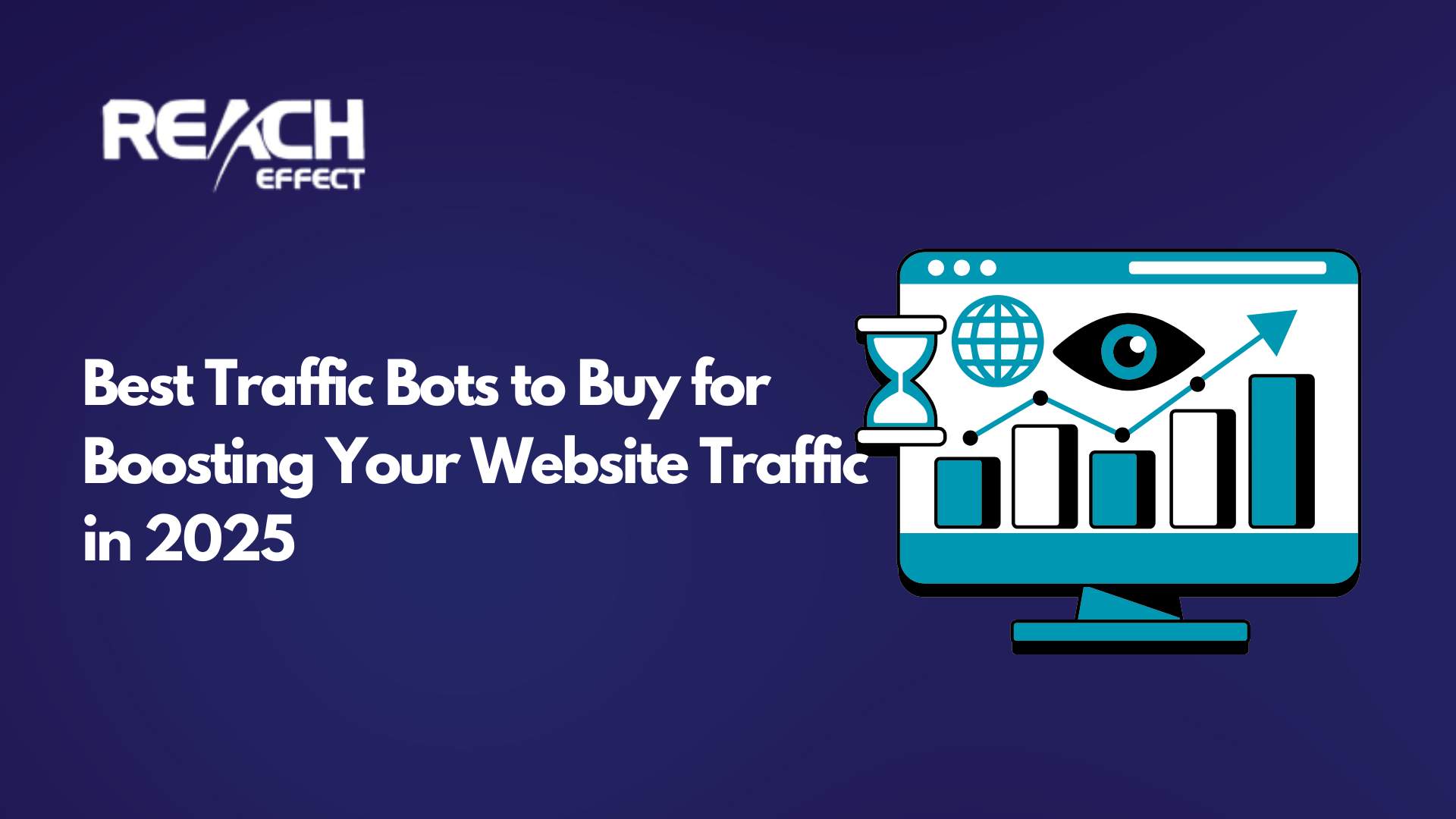In a world of constant change in communications, ad networks have become critical tools. They are complex ecosystems that bring together publishers, advertisers, and technology platforms. They offer a dynamic and efficient way to engage with a global audience. Unlocking their potential is not just about reaching consumers. It’s about engaging them in a meaningful context, making lasting connections, and driving growth.
Advertising Network provides precise audience targeting. They allow you to deliver customized messages across channels ranging from social media to websites and mobile apps. In this introduction, we will look at the various aspects of ad networks, shedding light on their importance in today’s business world. We’ll see how these networks use data to make targeting better, get more conversions, and improve ad campaigns.
What Are Advertising Networks?
Let’s understand in detail what ad networks are. Advertising networks are integral components of the marketing ecosystem. These platforms distribute ads across websites, social media, apps, and other digital channels.
These networks connect publishers, helping them promote products and services online. Advertisers join these networks to gain access to a broader audience base. At the same time, publishers use them to monetize their online content.
Advertising networks connect specialists with the right audience using various technologies and algorithms. This ensures that ads are shown to the right people. Advertisers can easily reach their desired customers by using advanced targeting options. These options include targeting based on demographics, geography, and behavior. One of the best at the moment is ReachEffect.
In addition, advertising networks give important data and analysis to advertisers and publishers. This helps them improve their strategies, make their campaigns better, and get more money from their investment. To sum up, advertising networks are important in digital advertising. They help place ads and connect businesses with their audiences. Now you know what ad networks are and their main function.

How Advertising Networks Work
Advertising networks connect advertisers and publishers in digital marketing. They serve as intermediaries. Here’s a concise overview of how they work:
- Ad Inventory
Publishers have ad spaces on their websites, apps, or social media accounts for advertising.
- Advertisers
Companies or individuals wishing to promote their products or services join advertising networks. This is necessary to gain access to a wider audience.
- Targeting
The advertising network uses data and algorithms to match ads with relevant ad spaces. They offer various targeting options, including demographics, geography, and user behavior.
- Ad Placement
When a user visits a publisher’s platform, the ad network decides which ad to show them. It is based on the user’s profile and the advertiser’s criteria.
- Ad Delivery
The chosen ad is then delivered to the user’s screen, either as banners, videos, or other formats.
- Payment
Advertisers pay based on specific models like cost-per-click (CPC), cost-per-mille (CPM), or cost-per-action (CPA).
- Data
It provides valuable data and analytics to people for optimizing their strategies.
Conclusion
The potential of advertising networks is an undeniable force in modern marketing. In the digital age, these networks help reach, engage, and influence target audiences. Businesses now reach customers by targeting audiences, using data, and delivering ads smoothly.
To make the most of advertising networks, we need to promote products and build connections and loyalty. These networks help create personalized and relevant ads, making stronger consumer connections. As technology improves, the advertising network will also improve, giving advertisers and publishers improved tools. To navigate this landscape responsibly, respect user privacy and follow ethical standards.
Advertising networks like ReachEffect are important for businesses. They help deliver the right message to the right audience at the right time. This drives success in a competitive market where digital communication is essential.










